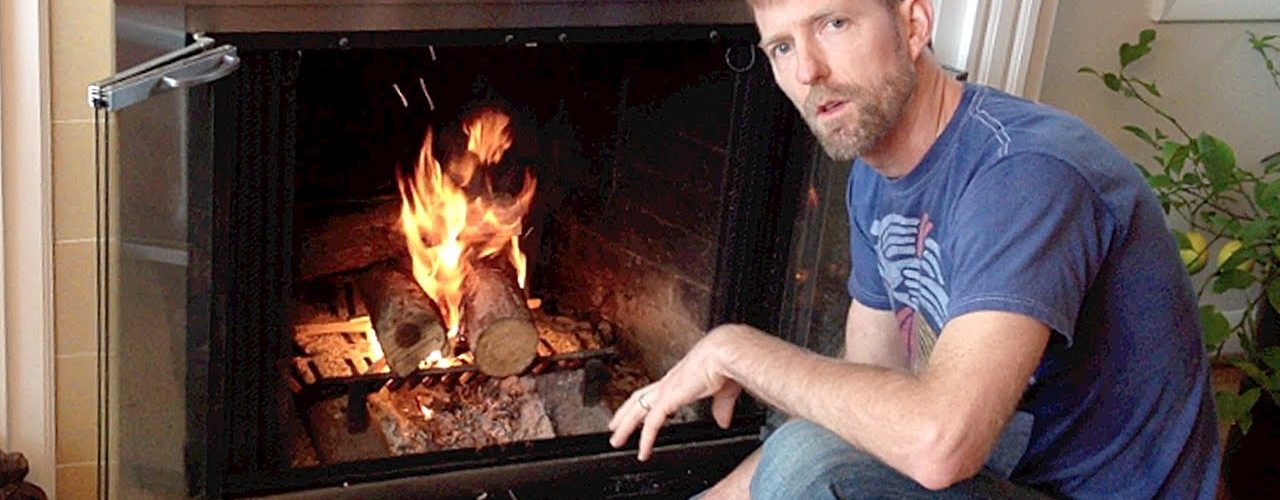Starting a fire in a fireplace sounds like it would be simple. However, because of this misconception, many people forget a few keep steps that allow them to enjoy their fire to the maximum ability. Here is the step by step procedure of starting a fire in a fireplace with enjoyment and safety in mind.
- Open the damper. This is the device that controls the air. It should flow through the flue to prevent the smoke from coming into the home.
- Fireplace should be room temperature. In a case when the fireplace is covered by glass doors, open them up 30 minutes prior to building the fire. This helps the smoke to drift upwards instead out into the home.
- Check the draft. This can be done by lighting a match and holding it close to the flue opening. If the draft is still coming down, it must be reversed. Under no circumstances is it safe to burn a fire when the draft is coming into the house. There are several commercial starter blocks and wax logs that can reverse this situation.
- Set up the kindling and wood. First, lay the kindling on the top of the grate with crumpled newspaper underneath. Be careful not to use more newspaper than necessary as it will create a lot of smoke. Then stack the wood on top of the grate. Stack the wood in criss-crossed layers so the smoke can travel between the logs. Do not stack the wood more than 2/3 high within the fireplace.
- Light the newspaper. This will ignite the kindling, but the fire should be carefully watched for the first 30 minutes to unsure the smoke is going up the chimney.
- Check the color of the smoke.
• If the smoke turns black, this means that the fire is lacking oxygen. Use a poker to shift the stack of wood slightly. It does not need to be a dramatic movement, just enough for the air to flow around the log.
• If the smoke turns grey, most of the material that is supposed to combust is escaping when it should be burning. The cause could be wet wood or too much oxygen is getting into the fire.
• If the smoke is nearly undetectable, the perfect balance has been achieved.
OTHER TIPS
If the fire continuously enters the room instead of the chimney, try opening a window. Even opening it a single inch breaks a “vapor lock” which stops the smoke from moving out and helps it rise. Ideally, the window will be located exactly opposite of the fireplace and has few obstructions between the two.
If you plan on enjoying the evening with the fire for quite some time, use big logs to begin with. This will require less tending throughout the night. Once the fire gets roaring to start with bigger pieces of wood, it will remain steady for quite some time.
When the evening is coming to a close, stir the logs with a poker down at least 30 minutes before you plan on finishing for the night. Break the pieces with a poker as you spread them around to cool faster. After you have carefully checked to ensure that the embers are all gone, it is safe to close the damper to avoid losing the heat from your home.
The steps and tips for building a fire in a fireplace are designed to help the fire burn in an ideal manner and to help keep the onlookers safe. By sticking to these guidelines, you can guarantee that a warm night by the fire will not be at the expense of you or your guest’s health or home.



